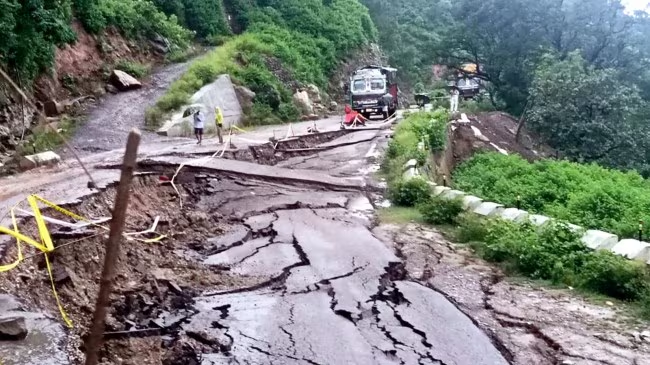Prof. Syed Munir Khasru
Hindustan Times
August 1, 2024
Link: https://www.hindustantimes.com/opinion/bangladesh-quota-protests-are-a-metaphor-for-discontent-101722526862516.html
__________________________________________
Bangladesh’s student-led protests began as peaceful demonstrations against a controversial quota system in government jobs but have since morphed into violent nationwide unrest. This exposes deep-seated tensions in Bangladeshi society and raises questions about the country’s governance. The 30% quota for descendants of freedom fighters in government jobs, part of a broader system established in the aftermath of the country’s independence in 1971, has long been a contentious issue. While intended to honour sacrifices made during the war of independence from Pakistan, it has increasingly been viewed by many as an anachronistic policy that undermines meritocracy and perpetuates inequality. The students’ demands were straightforward: Abolish this quota and give jobs on merit. They argued that the system failed to reflect the needs and aspirations of contemporary Bangladesh. Their cause quickly gained traction, resonating with a broader segment of society frustrated by limited economic opportunities and perceived governmental nepotism.
The government went in heavy-handed, deploying police and paramilitary forces. This disproportionate use of force only broadened anger against the administration. As the protests grew, so did the violence. Clashes erupted between demonstrators and pro-government supporters, particularly members of the ruling party’s student wing, the Bangladesh Chhatra League. The resulting chaos has led to a shocking toll: Hundreds have died, with thousands more injured. Attacks on journalists have stoked fears about press freedom.
The government’s decision to impose a communications blackout, blocking internet and social media access, has only exacerbated the situation. Ostensibly aimed at disrupting the organisation of protests, it has instead fuelled speculation about the true extent of the unrest and the government’s attempts to control the narrative.
In response, the Supreme Court ordered a reduction in the freedom fighters’ quota from 30% to 5%, with 93% of jobs to be allocated based on merit. While this decision has been cautiously welcomed by protest organisers, it has not been enough to quell the unrest.
The government attributes the unrest to opposition parties, particularly the Bangladesh Nationalist Party (BNP) and the Jamaat-e-Islami Bangladesh, claiming they are instigating violence under the cloak of the student movement. However, the student protesters assert their political neutrality, emphasising that their demands are centred on establishing a fair, merit-based system that benefits all citizens, rather than serving any political agenda.
The persistence of the protests, even after the concessions, points to deeper issues at play. The demonstrations have become a vehicle for expressing a range of grievances, from widespread corruption and economic inequality to concerns about democratic backsliding under an increasingly authoritarian rule. During 2014-2024, Bangladesh’s electoral landscape has been characterised by limited competition. The BNP and its allies, for most parts, abstained from participating in the elections, resulting in contests that lacked broad political representation. This crisis lays bare the complex challenges facing Bangladesh. A 15.75% unemployment rate among young people translates to about 21.48 lakh unemployed youths aged 15-29, representing 83% of the country’s total unemployed population, underscoring the need for youth-focused job creation and skill development initiatives. On one hand, the country’s GDP expanded at an impressive average rate of 6.4% per year from 2016-21, and poverty fell from 44.2% in 1991 to 13.8% in 2016-17. On the other, it grapples with high youth unemployment, political polarisation, and a struggle to balance its historical legacy with the demands of a rapidly modernising society. The quota system has become a flashpoint in this debate. Its reform highlights the need for Bangladesh to find new ways of honouring its past while fostering a more inclusive economic future.
As Bangladesh moves forward, several key issues demand attention. First, there is an urgent need for dialogue between the government and protesters to address not just the quota system but the underlying concerns fuelling the unrest. Second, the heavy-handed response to the protests calls for a re-evaluation of law enforcement tactics and a commitment to protecting citizens’ right to peaceful assembly. Third, the crisis underscores the need to create more opportunities for Bangladesh’s growing youth population. With a significant demographic dividend on the horizon, the country must focus on job creation, skills development, and rewarding merit and innovation.
How Bangladesh navigates this crisis will be crucial in determining its path forward as a democracy and an emerging economic power in South Asia. The challenge now is to channel the energy of these protests into constructive dialogue and meaningful reform, ensuring progress benefits all, not just a select few.




0 Comments